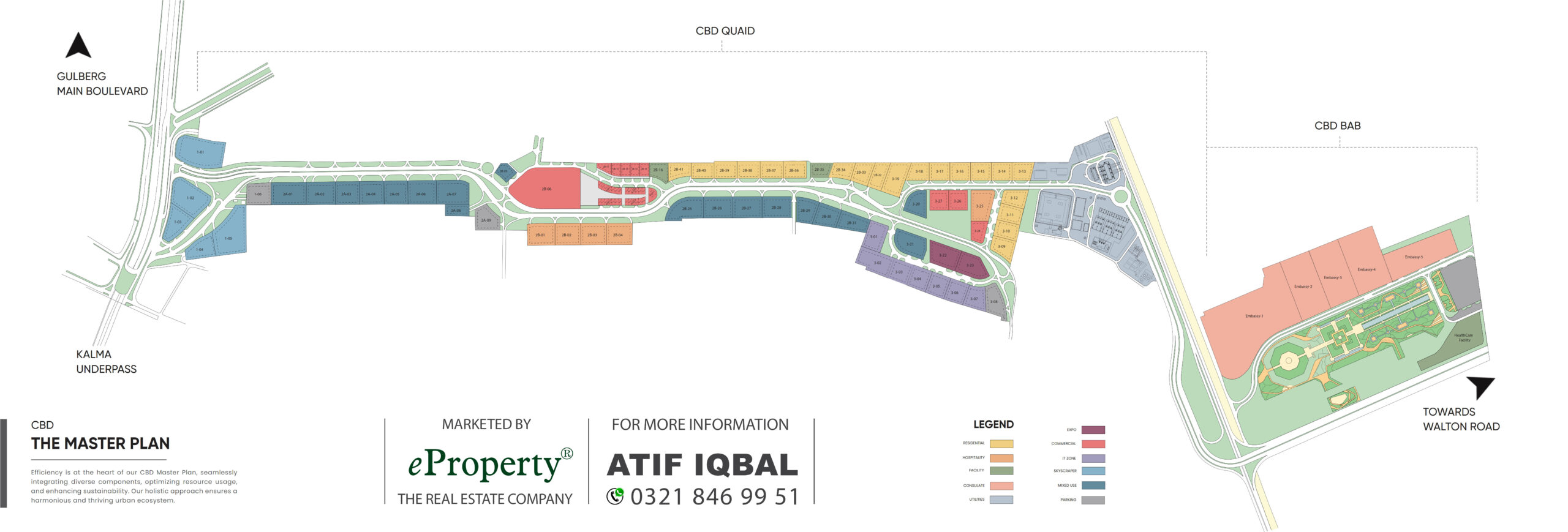There has been much concern about the possibility of a property bubble, in the aftermath of the global crisis, China’s massive stimulus program, and the Fed’s quantitative easing. These projections misrepresent the problem.
For a year or so, James Chanos, the famous hedge fund wizard, has been predicting a severe Chinese property slump. As he puts it, “Dubai times 1,000–or worse,” with the “potential to be a similar watershed event for world markets as the reversal of the U.S. subprime and housing boom.”
However, things should be put into perspective. In Dubai, the problem had to do with too much leverage. In China, consumers buying residential properties are required to put down 30% before taking out a mortgage. For a second home, the down payment is 50%, irrespective of their net worth. Home purchase is predicated on affordability and cash.
Furthermore, the soaring prices so often cited by the media and various pundits do not characterize all of China’s property markets, but instead focus primarily on the high-end segment of first-tier cities.
Price hikes in first-tier cities and high-end residential markets
Alarmist headlines can certainly grab people’s attention, but they don’t always stand up to closer scrutiny. It’s the same with the “China bubble” predictions, which typically portray Chinese property markets in aggregate terms. There is actually huge variation among cities and regions. In 2009, the urban GDP per capita was highest in Shenzhen, reaching almost $13,600–more than twice that of Hefei.
After China’s economic reforms began and foreign trade blossomed in the 1980s, rapid growth took off in the first-tier cities in Southern China: Shenzhen, Dongguang and Guangzhou, and the urban centers: Beijing and Shanghai.
By the late 1990s, rapid growth was spreading into the second-tier cities, such as Shenyang, Chengdu and Chongqing. More recently, third-tier cities, from Ningbo to Wuxi and Harbin have been following the same path, while inspiring still others.
Today, China’s property markets are growing relatively faster outside the first-tier cities.
Rapid price increases are most typical to residential properties, especially the high-end segment of the most prosperous first-tier cities. As property prices in 70 Chinese cities soared by a record 12.8% last April from the previous year, the China-is-a-bubble rumor mill really took off.
Seeking to balance sustainable economic growth and soaring property prices, the central government rolled out a series of measures to contain excessive price hikes in the domestic housing market. It tightened scrutiny of developers’ financing, curbed loans for third-home purchases, raised minimum mortgage rates and tightened down-payment requirements for second-home purchases.
In early May, the People’s Bank of China raised the reserve requirement ratio for major banks. Following the examples of Beijing and Shenzhen, Shanghai issued new regulations for the property sector.
Where do price trends stand today?
Home prices in 70 major Chinese cities climbed another 6.4% in December from a year earlier, a rise of 0.3% from November, according to China’s National Bureau of Statistics (NBS). The annualized growth rate dropped from 7.7% in November, making December the eighth consecutive month of slowing growth.
In a large emerging economy, government intervention is occasionally needed to sustaingrowth conditions.
But why have prices soared so frantically and what could be done about it?
From high-end properties to middle-class volumes
In the West, it took a century or two for the great urban centers–from Paris to New York City and Tokyo–to grow into great metropolises. In China, the first-tier cities–such as Shenzhen, Beijing, and Shanghai–have been morphing into global cities in two to three decades.
Naturally, the residents of the first-tier cities would like to own an apartment in their home city. If you have lived your life in Shanghai, you probably want to own a home in that city.
However, as these cities also attract wealthy investors from across China and East Asia, and multinational property developers, price-to-rent ratios have been driven up by speculation, the desire for long-term investment, and few investment instruments.
Moreover, buyers contribute to soaring prices. To facilitate the marriage of their sons or daughters, parents often devote their savings to real estate. Groups of retail investors, families, in some cases even villages have put their savings into purchases of apartments, even blocks of apartments, which have caused excessive price hikes.
n addition to the residential demand, the soaring prices also reflect supply problems. Residential real estate development is still geared to high-end and high-margin properties, which ensure a significant cash flow (some 25 to 35%) for municipalities.
As long as high-end real estate offers high margins and affordable housing does not, regional governments, which own the land rights, have an incentive to prioritize luxury projects. The residential market is geared too much to narrow high-end segments, which only the wealthy can afford.
Today, far more Chinese are able and willing to acquire a home. A new era requires a new high-volume low-margin model, which can rely on the broad middle-class segment of the market.
Urban space for 400 million in four decades
One way to measure the relative role of property costs is to compare housing prices and household annual incomes. In 2007, that ratio in many of China’s big cities was around 20:1. In other words, a regular two-bedroom apartment cost 20 years of annual income. In Beijing and Shanghai, the ratio was even higher, at about 25. This compares to Western metropolises, such as Los Angeles, New York and London, where it’s about 7 or 8:1.
These ratios are often used to highlight the discrepancies of the rising China relative to the advanced West. But it is a bit like comparing apples with oranges to prove that apples are different.
In fact, these nations simply reflect very different levels of economic development. In China, the urbanization rate is about 47%, whereas in the established Western metropolises, it is often more than 80%. Accordingly, the current ratio for China’s housing prices and its household annual incomes should not be compared to that of U.S. cities in 2010–but to the urbanization rate of America in the 1910s when it was about the same as China’s today.
The World Bank’s chief economist, Justin Yifu Lin, recently said China should be cautious about the risk of a real estate bubble but the country’s overall economic condition is good, something which policymakers are certainly well aware. Chinese think-tanks and university research centers have long been studying the cases of Japan, Ireland and Spain, where post-boom collapses of real estate bubbles have caused great financial crises and devastating economic stagnation.
The bubble rumors are more descriptive of market speculation. If the international operating environment remains stable, China may sustain an 8% growth rate over the coming two decades.
Today, China has some 636 million urban residents. In the next four decades, that will grow to 1,040 million. What Beijing is trying to achieve is unique in history–to create urban space for more than 400 million people, within a single generation.
In such an environment, periods of overheating will occasionally be accompanied by dramatic price increases. The Chinese urban centers are evolving into “global cities”, which are driven not just by local conditions, but by global trade and investment.
Dr. Dan Steinbock is the research director of international business at the India, China and America Institute (USA) and a visiting fellow at the Shanghai Institutes for International Studies (China).
Forbes
Join the eProperty Community for daily Pakistan Property rate updates, the latest developments, and news.
Property buying and selling was never easy before; simply connect with our WhatsApp hotline for absolutely free property consulting. Please save this number, +923111042111 in your contact list to get regular updates from us; otherwise, you will not receive any updates.


